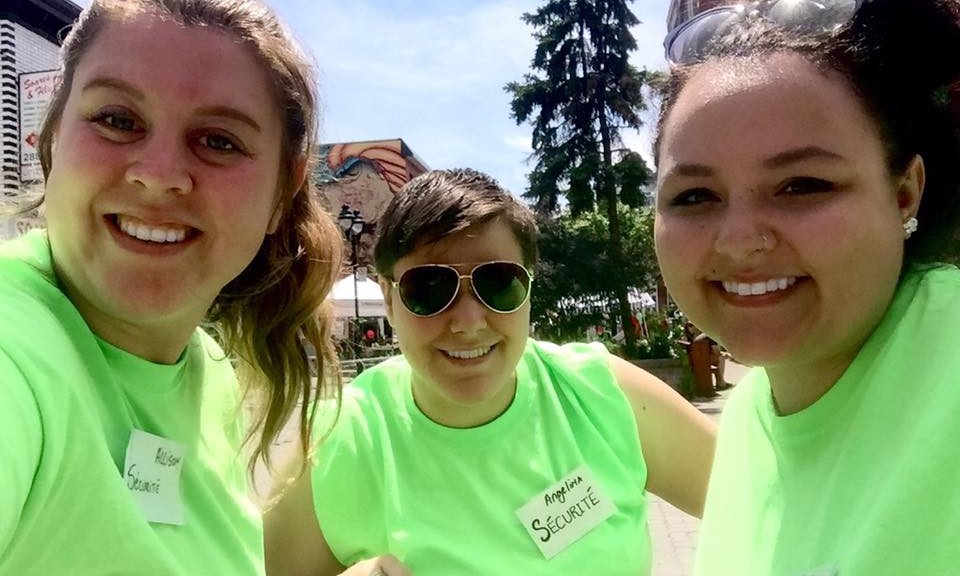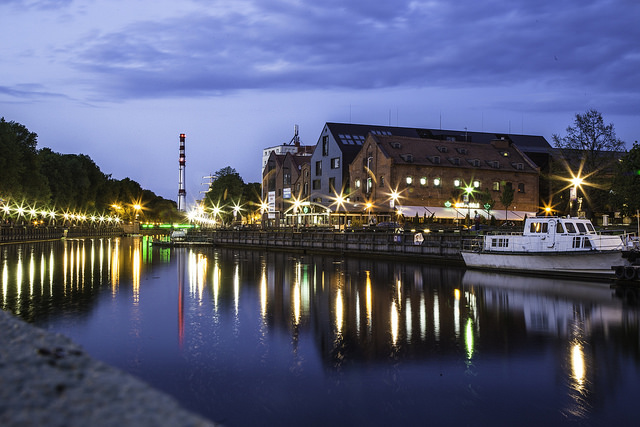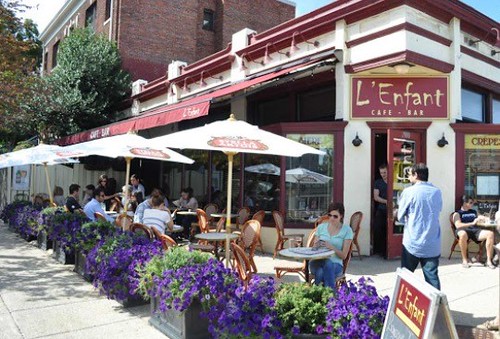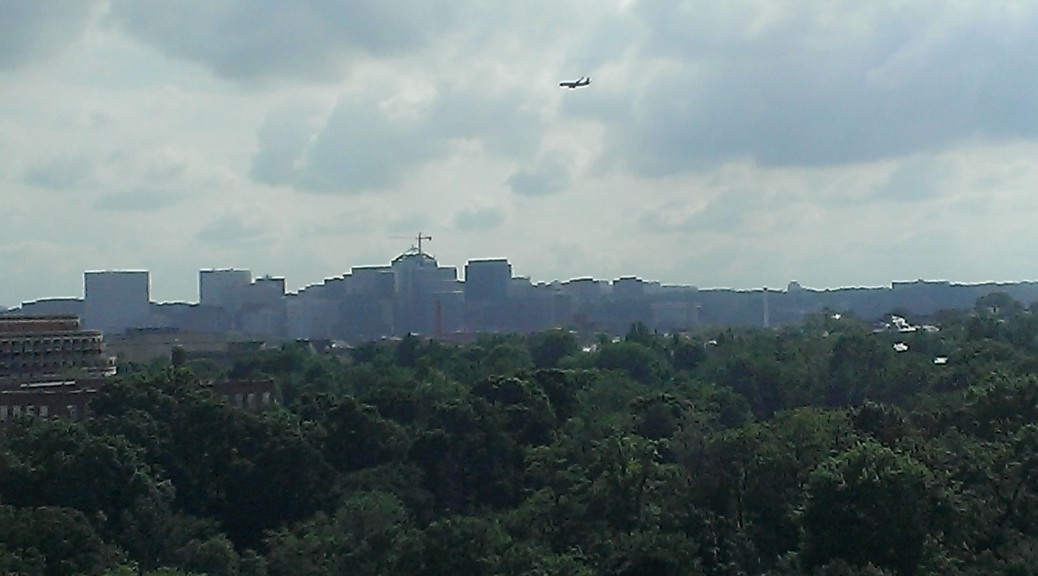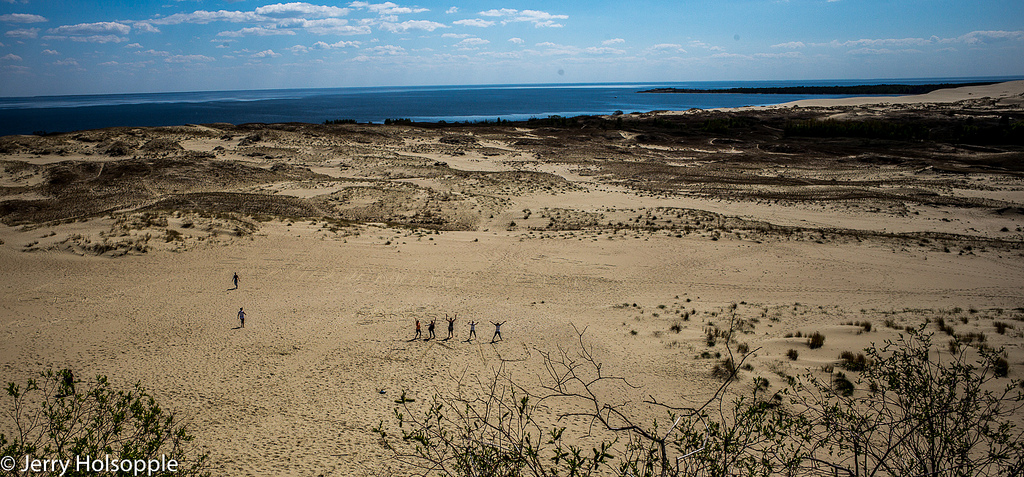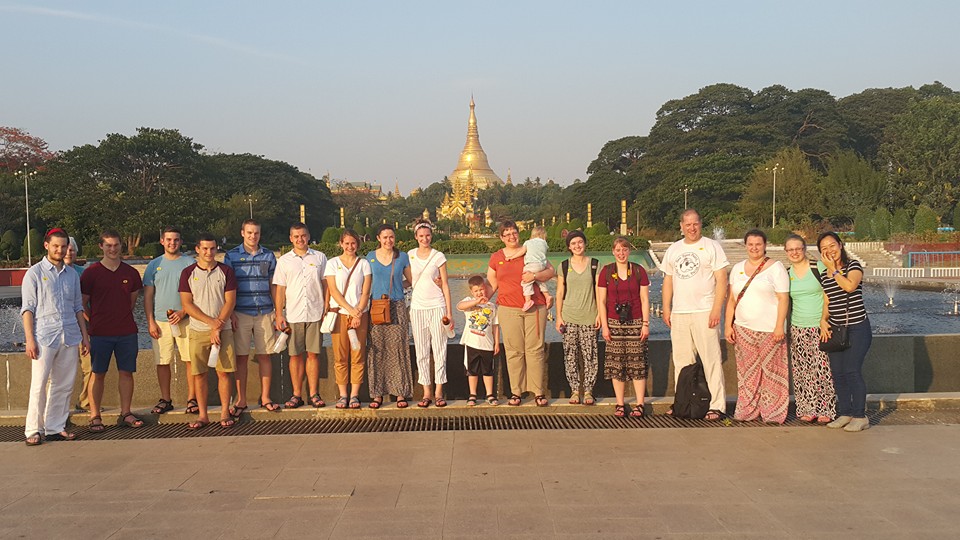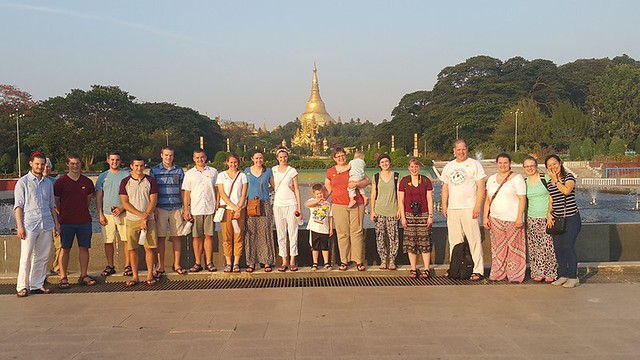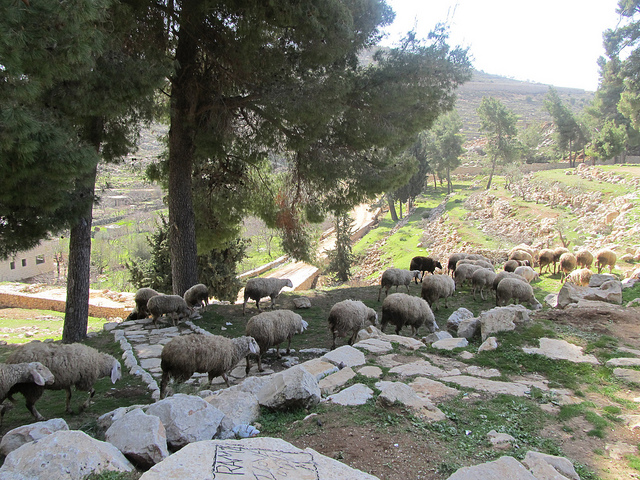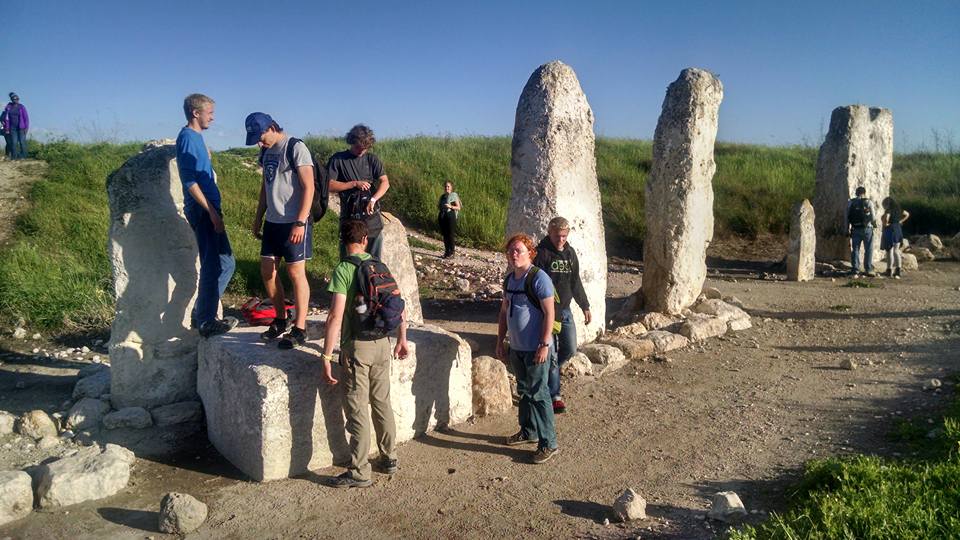- May 2016
Tag Archives: featured
Baltic capitals and memorials
{{unknown}}
Urban issues, Non-profits and Community Recreation in DC
Three weeks initially seemed like a long time to be in DC. The first week we were learning how to navigate the city, open ourselves to a history of African Americans that most of us had never heard before, and realize that there are many perspectives about economic development, affordable housing, homelessness, mass incarceration, education … Continue Reading ››
Mont Royal and more
Washington, DC Haiku
Week 1
Washington DC Cultural society There are poor and rich. Those who are oppressed Working to make a living Sometimes get the boot. Things that happen here Are sure to make history For good and for bad. - Aaron Cook, Mirella Rodriquez, Kylie Crawford, Stephanie Stoner, Brittany McCullockColorful flowers People praying in church Huge basilica. Loud red flashing lights Candles burning everywhere Rain falling from sky. Beautiful murals Diversity in D.C. The … Continue Reading ››
Lithuania 2016
Lithuania 2016 summer cross-cultural seminar has begun posting a few photographs from their explorations in and around Klaipeda. Pictured above is a group of the students on their first trip out to the beach on the Baltic Sea.
Myanmar 2016
Bet Sahour and Bethlehem
Delayed post from 23 February 2016
As we walk through silent, little Bethlehem, I can still hear the three wise men roaming through these narrow streets with their donkeys' rhythmical clack of hooves fading into the flagrant symphony of commerce and daily affairs that takes place in Palestinian suqs (markets). If anything elevates Bet Sahour over … Continue Reading ››
Free Travel in Guatemala and Belize
Monterrico
For free travel, the 7 of us, Sarah, Janae, Jess, Stephanie, Josh, Joel, and Josiah went to Monterrico, Guatemala. We took chicken busses, the metro, a lancha (a boat), and a van to get there. We stayed in a resort called Villa Los Cabos,  Continue Reading ››
Continue Reading ››
 Continue Reading ››
Continue Reading ››
JUC and Biblical Geography
7 March 2016
Last week, we arrived at Jerusalem University College (JUC) after spending a few days at the Jewish Efrat settlement in the West Bank, marking the transition from contemporary politics to ancient biblical geography. For me, this change has been a welcome one, especially after the intensity of Efrat. For once, it’s nice to … Continue Reading ››
